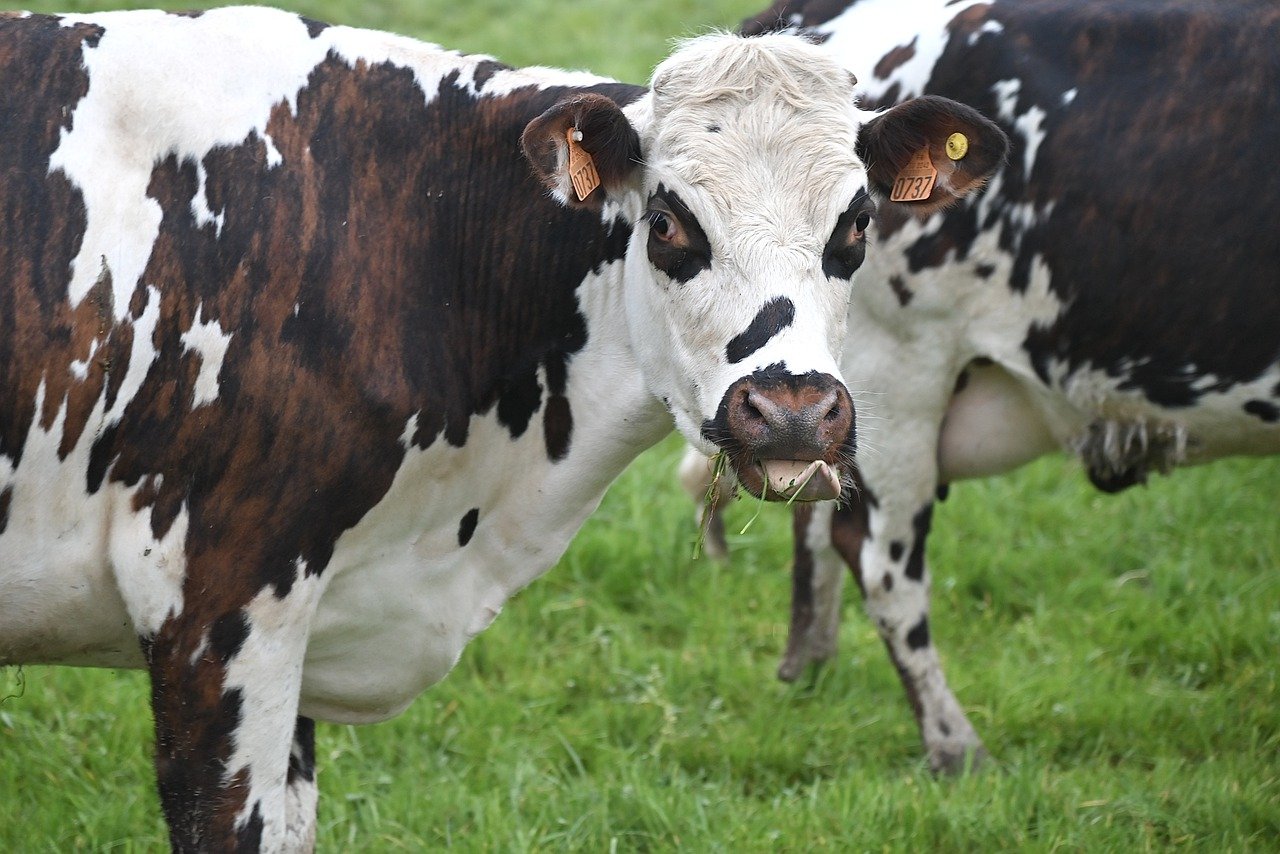The recent emergence of avian influenza among dairy cattle in the United States has sparked widespread concern among scientists, public health officials, and the general public. This development represents a significant escalation of the ongoing global battle against avian influenza, raising critical questions about the virus’s transmissibility, virulence, and potential impact on both animal and human health.
Dr. Richard Webby, a renowned virologist at St. Jude Children’s Research Hospital, has emphasized the unprecedented nature of the current outbreak, stating, “There’s a heap of unknowns right now.” Despite decades of research and surveillance efforts, the sudden spread of H5N1 bird flu to dairy cattle has caught many experts off guard, underscoring the dynamic and unpredictable nature of infectious disease transmission.
The origins of the current outbreak can be traced back to late 2021 when H5N1 was first detected in wild migratory birds in North America. Subsequent transmission to poultry farms and now dairy cattle highlights the virus’s adaptability and ability to exploit new ecological niches. The emergence of human cases linked to direct contact with infected animals further underscores the potential for zoonotic transmission and raises concerns about public health preparedness.
Here are key insights gleaned from ongoing investigations and expert analyses:
Genetic Sequencing and Viral Dynamics: Despite extensive genetic sequencing efforts, researchers have yet to identify significant mutations in the virus that would explain its adaptation to mammalian hosts. While minor genetic changes have been observed, they do not appear to confer a substantial increase in transmissibility or pathogenicity. However, continued surveillance is crucial to monitor viral evolution and detect any emerging threats.
Zoonotic Transmission and Human Health: The recent human case of H5N1 infection serves as a stark reminder of the risks posed by zoonotic diseases. While human-to-human transmission remains rare, direct exposure to infected animals carries inherent risks. Vigilance and strict biosecurity measures are essential to minimize human exposure and prevent potential outbreaks. Public health agencies are closely monitoring the situation and coordinating response efforts to mitigate risks.
Veterinary Surveillance and Farm Management: Efforts to contain the spread of avian influenza among dairy cattle rely on robust veterinary surveillance and farm management practices. Early detection of infected animals, prompt isolation measures, and rigorous sanitation protocols are critical to limiting transmission within and between herds. Collaboration between veterinary and public health authorities is essential to implement effective control measures.
Public Health Preparedness: Public health agencies are reinforcing preparedness measures to mitigate potential threats posed by avian influenza. This includes stockpiling antiviral medications, enhancing laboratory testing capacity, and refining communication strategies to disseminate timely and accurate information. While the risk to the general public remains low, proactive measures are essential to ensure readiness for any future developments.
Research Priorities and Collaborative Efforts: The evolving nature of the avian influenza outbreak underscores the importance of collaborative research initiatives and interdisciplinary collaborations. By pooling resources, expertise, and data-sharing platforms, researchers can gain deeper insights into the epidemiology, virology, and ecological dynamics of avian influenza. This collective effort is essential to inform evidence-based interventions and policy recommendations.
In conclusion, the recent spread of avian influenza among dairy cattle in the U.S. highlights the ongoing threat posed by emerging infectious diseases. Comprehensive surveillance, proactive response measures, and collaborative research efforts are essential to mitigate risks and protect both animal and human populations. By leveraging collective expertise and resources, we can confront the challenges posed by avian influenza and safeguard global health security.
